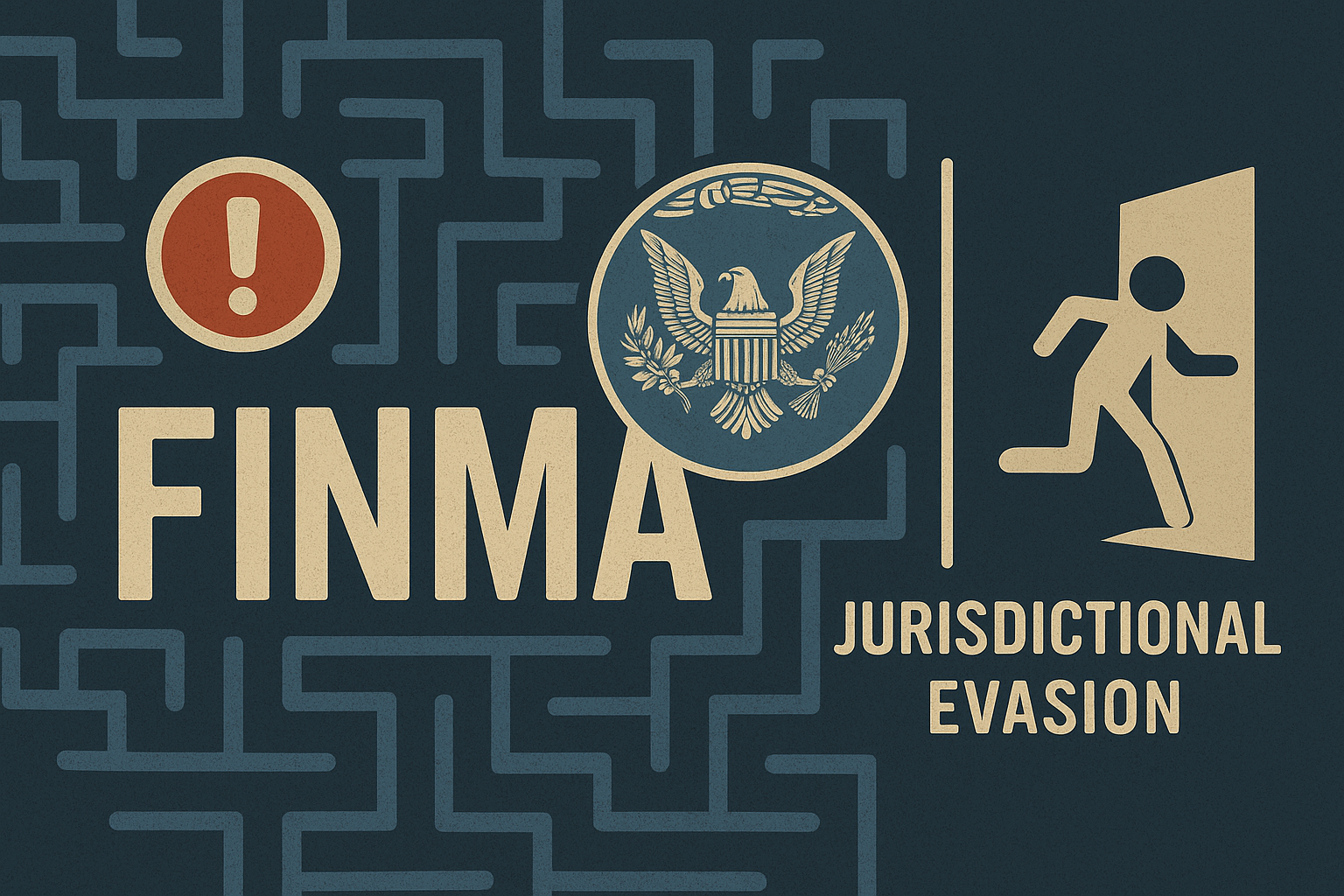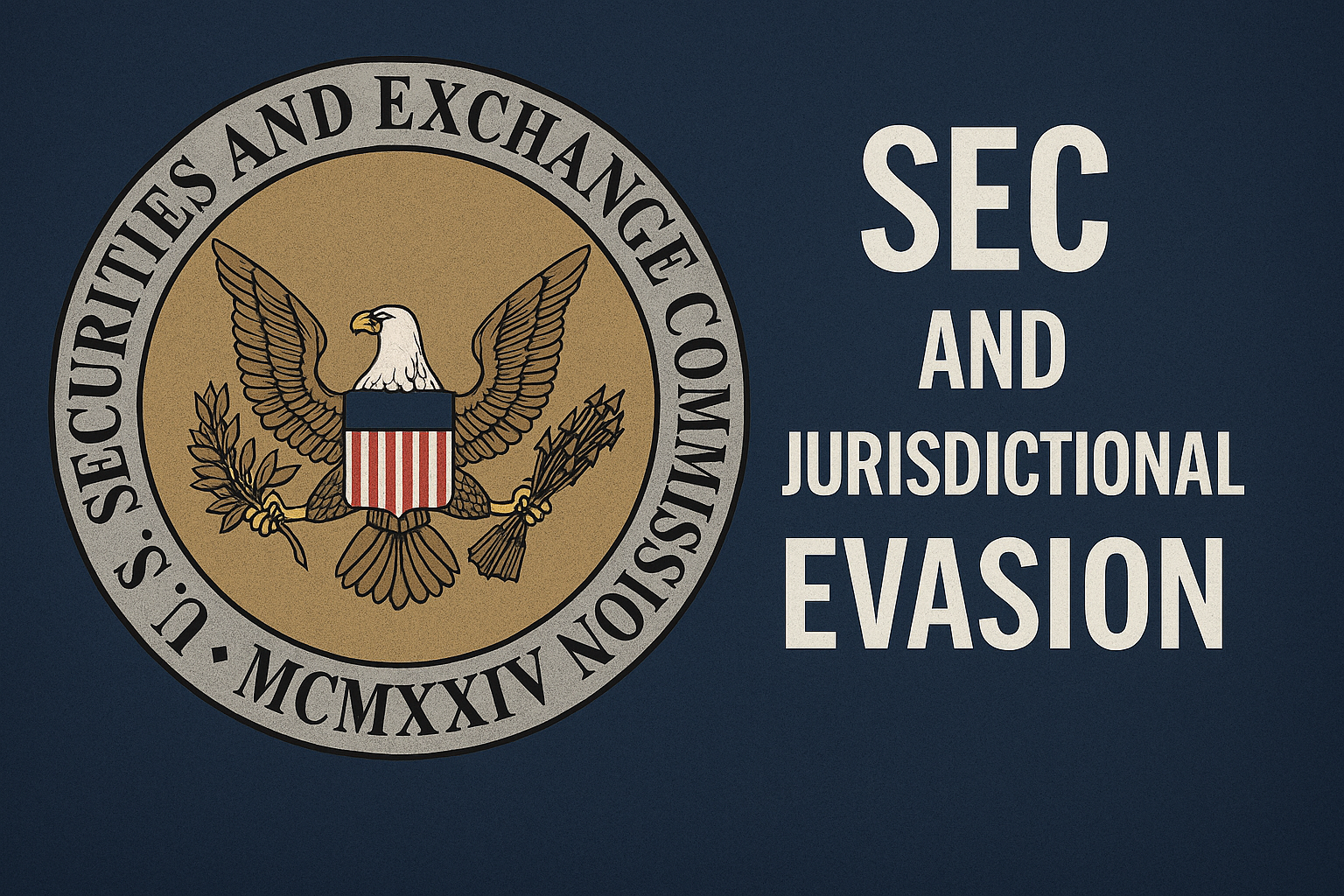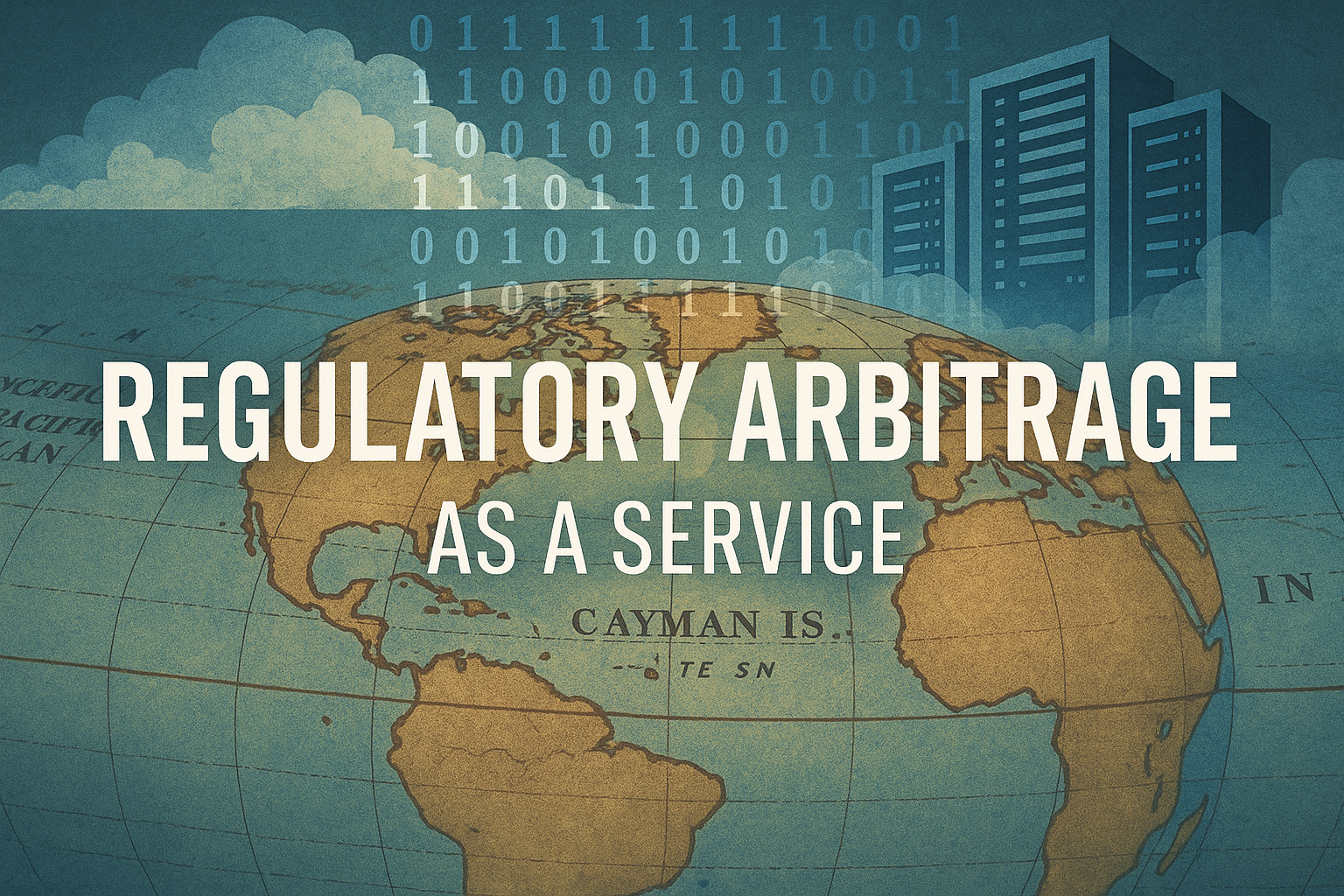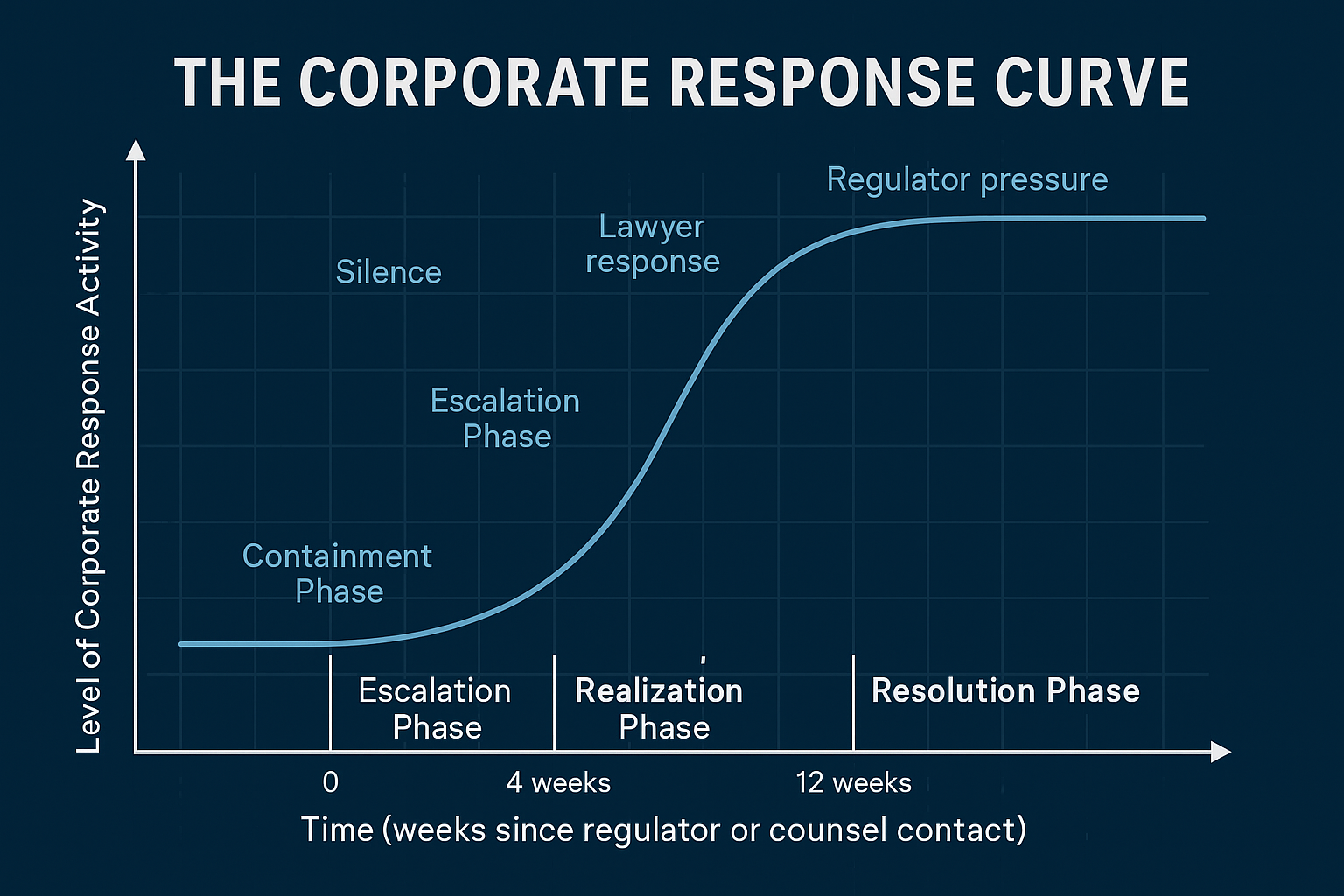Table of Contents
Introduction
Switzerland’s financial system was built on two pillars: trust and secrecy.
While both serve legitimate purposes, they also create structural barriers to international transparency.
The Swiss Financial Market Supervisory Authority (FINMA) has become one of the most technically competent regulators in the world.
Yet its jurisdictional focus, and strict adherence to confidentiality, makes it both powerful and limited.
The Double Edge of Swiss Privacy
- Confidentiality as Law
Swiss law criminalizes unauthorized disclosure of financial information, even to foreign regulators, without formal treaty mechanisms.
This safeguards client data but also obstructs legitimate investigations. - The “Passive Gatekeeper” Model
FINMA supervises entities within its scope but rarely intervenes directly in individual investor disputes unless a systemic breach occurs.
This creates a vacuum where misconduct can persist quietly. - Inter-Agency Silos
International cooperation requires formal requests through frameworks like the SEC–FINMA Memorandum of Understanding (MOU).
These instruments are often slow and narrowly defined, allowing entities to exploit timing gaps.
When Secrecy Becomes Obstruction
When a platform operating from Switzerland denies customer existence or refuses data disclosure for years, jurisdictional evasion transforms from procedural caution to functional concealment.
The line between confidentiality and complicity becomes indistinguishable.
This is not a failure of regulation, it’s a failure of alignment.
Without synchronized transparency mandates, even the best regulators become blind outside their borders.
Toward Cooperative Transparency
True oversight requires reciprocal visibility.
The integrity of Swiss regulation depends not on secrecy but on its ability to coexist with global accountability.
Transparency does not threaten sovereignty; it sustains it.









